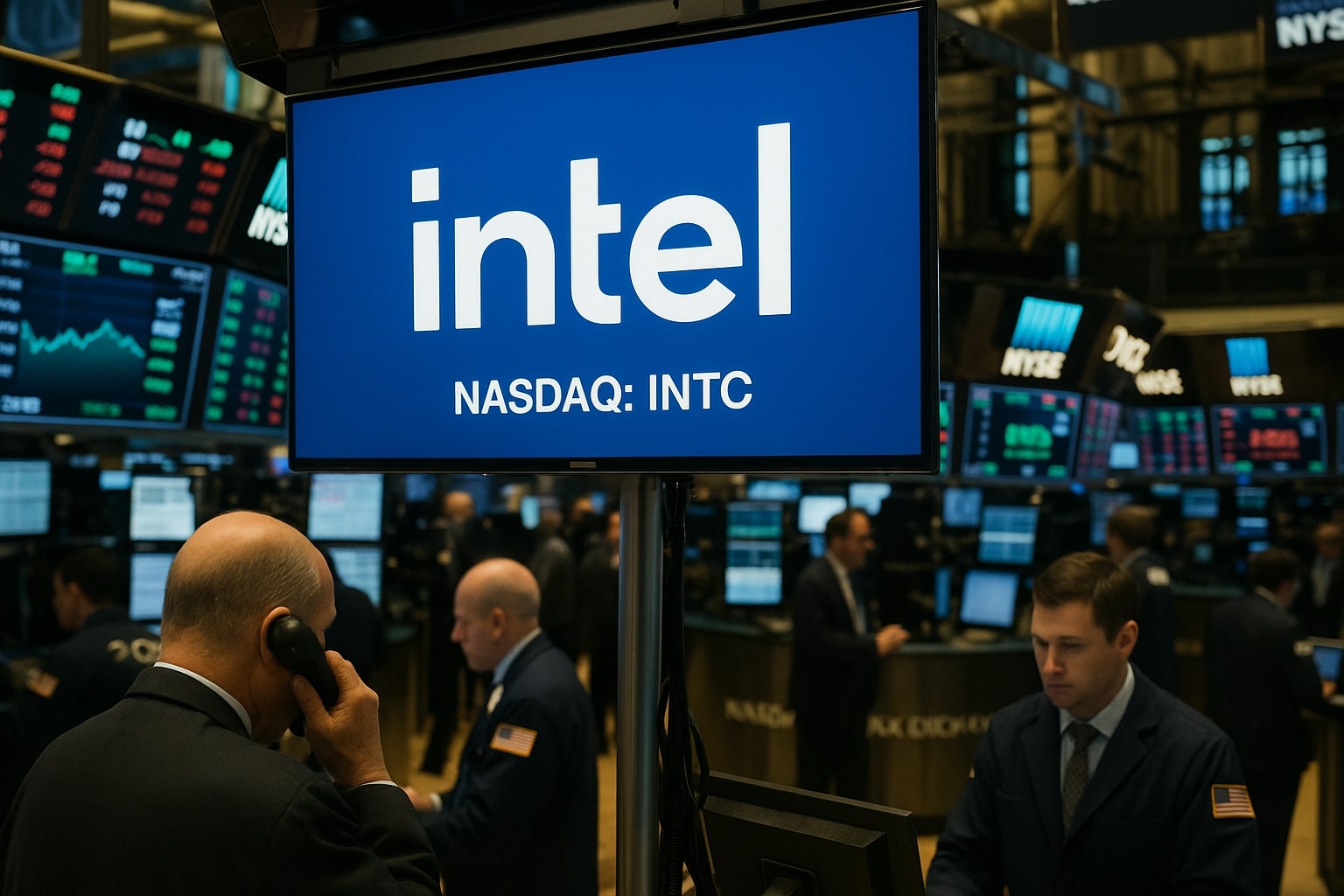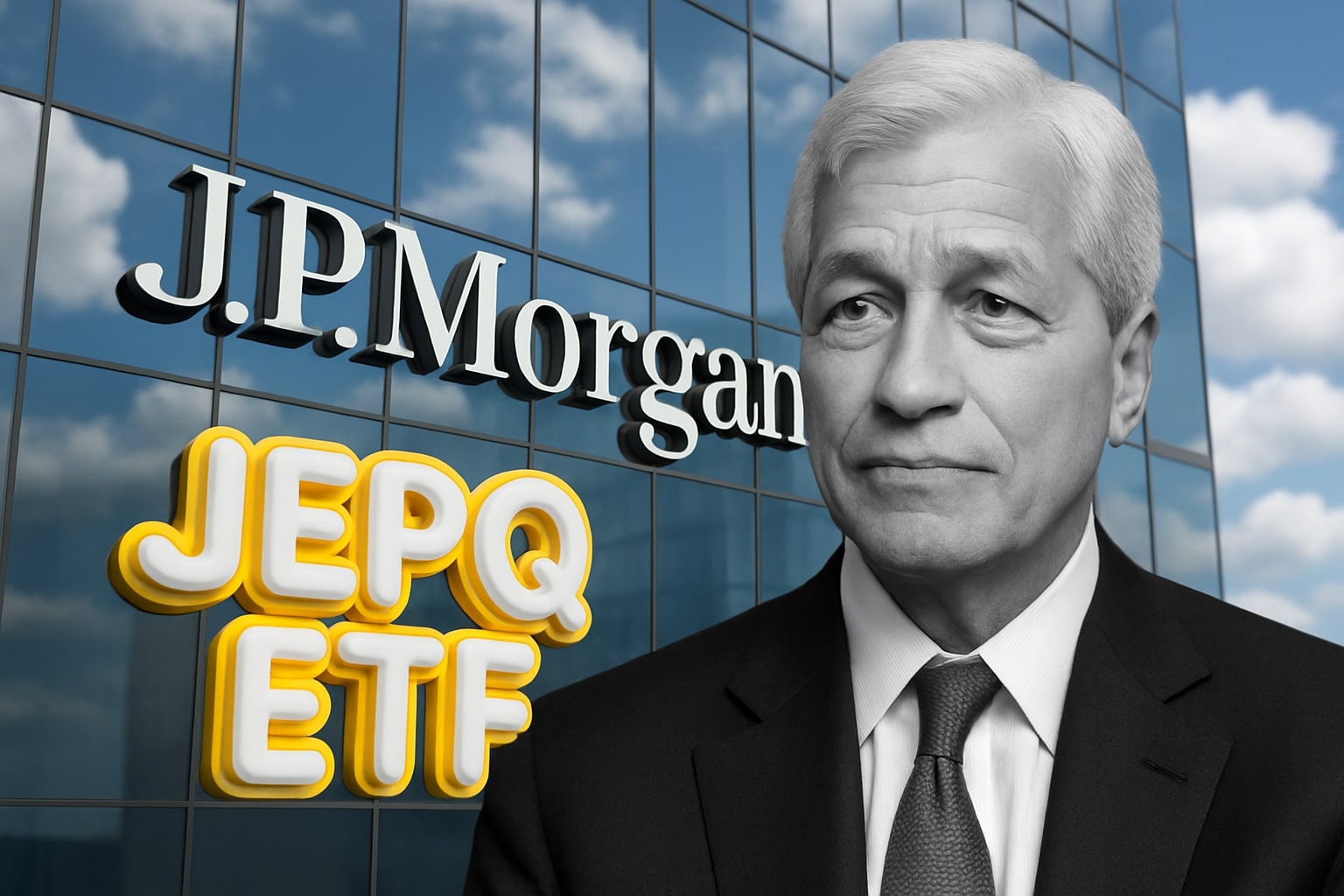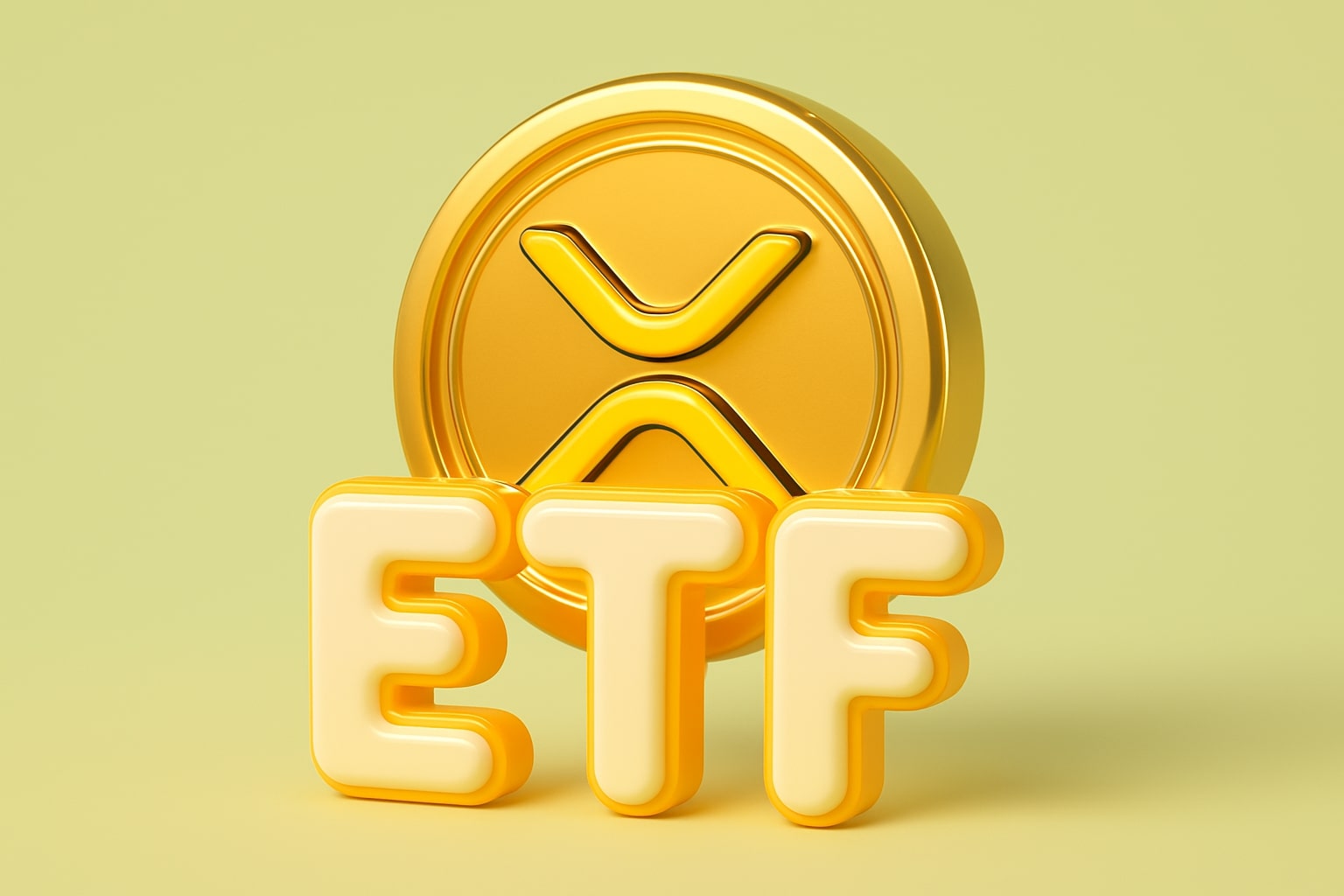
Is NASDAQ: INTC Ready for a Strong Recovery in 2025?
How Will Intel’s Restructuring Affect Its Stock Price in 2025? Is $28 a Realistic Target? | That's TradingNEWS
Overview of Intel’s Current Performance and Strategy
Intel Corporation (NASDAQ: INTC) has been navigating significant challenges in recent years, resulting in its struggle to maintain its once-dominant position in the semiconductor industry. Despite these hurdles, Intel’s Q1 2025 results exceeded analysts' expectations, marking a notable but imperfect recovery. The company reported adjusted earnings per share (EPS) of $0.13 and revenues of $12.7 billion, surpassing estimates by $354 million, though still experiencing a slight year-over-year decline. Despite no revenue growth in the first quarter, Intel's ongoing restructuring efforts and its pivot towards its core business model are providing a glimmer of optimism. This analysis will break down Intel’s current financials, its restructuring strategy, and the key risks and growth opportunities that investors should be aware of moving forward.
Intel's Q1 2025 Earnings: A Mixed Bag of Performance
For Q1 2025, Intel’s revenue of $12.7 billion was slightly below the previous year’s result but still managed to beat expectations. The adjusted EPS of $0.13 beat estimates by the same amount, marking a rare positive surprise in an otherwise flat financial environment. A key factor contributing to Intel's performance was its strong Data Center business, which saw a year-over-year revenue increase of 8% to $4.1 billion. However, this positive outcome was tempered by a challenging period in Intel's Client Computing Group (CCG), which experienced an 8% decline in revenue, signaling continued difficulty in Intel’s core consumer PC and laptop markets. These mixed results illustrate both the company’s potential for growth in high-margin sectors, like data centers and AI, while underscoring the challenges it faces in other segments.
Intel’s gross margin stood at 39.2%, exceeding the company’s forecast but still lower compared to 41% a year ago. This decline was mainly driven by the weak performance of the Desktop market and the company’s ongoing restructuring. Despite these hurdles, Intel’s forward-looking guidance remains cautiously optimistic, expecting a gross margin of 36.5% for Q2 2025. However, the lack of substantial growth in key segments remains a concern, especially as the company attempts to regain its footing in an increasingly competitive environment.
Restructuring Strategy: Intel’s Shift Towards Core Operations
Intel’s restructuring efforts are aimed at simplifying its business model and focusing more sharply on its core strengths. A significant move in this direction was the sale of a majority stake in its Altera business to Silver Lake for $4.46 billion. Altera’s programmable logic devices were not part of Intel’s core strategy, and selling this stake allows the company to refocus its efforts on processors for PCs, laptops, and servers.
The company has also undergone a reorganization of its reporting structure, integrating its Network and Edge Group into its Client Computing and Data Center/AI divisions. This change aims to streamline operations and simplify decision-making processes, ensuring a more cohesive approach to its primary business areas. Despite these efforts, Intel still faces the challenge of managing its manufacturing and design operations simultaneously, a balancing act that many experts believe is unsustainable in the long term.
Key Risks and Challenges: Will Intel’s Restructuring Succeed?
Intel’s restructuring carries significant risks. The biggest of these is the possibility that the company’s transformation will not succeed as planned, particularly in its Data Center and AI segments. Intel is making strides in the Data Center market, driven by growing demand for chips that support generative AI applications, but its progress remains inconsistent. Moreover, the company's attempt to diversify and focus on more profitable areas like AI faces stiff competition from rivals like AMD, Nvidia, and Taiwan Semiconductor Manufacturing Company (TSMC), which dominate in areas Intel has struggled to penetrate.
Intel’s hybrid model of combining design and manufacturing has proven difficult to execute. The company is caught between the need to be both a chip designer and manufacturer, which requires substantial capital expenditures and coordination. While companies like TSMC focus exclusively on manufacturing, Intel must invest in both design and production, a costly endeavor that has stretched its resources thin. Intel's current strategy of managing both design and manufacturing creates operational complexity, and many analysts believe the company should ultimately divest its foundry business to streamline operations and improve profitability.
Valuation and Potential: What Does the Future Hold for Intel?
Intel’s stock valuation currently stands at a price-to-earnings (P/E) ratio of 24.7x, which is above its peers like AMD (17.5x) and Nvidia (20.7x). While this suggests that Intel is priced higher relative to its competitors, this premium could be justified if the company successfully executes its restructuring plan. The key to Intel's future growth lies in its ability to refocus on high-margin areas like Data Centers and AI, which are expected to see significant demand growth in the coming years. Gartner projects a 76.4% increase in generative AI spending in 2025, which will undoubtedly benefit Intel’s AI and server chip segments.
Nevertheless, Intel's current performance suggests that it is far from realizing its full potential. The company must continue to innovate and streamline its operations to remain competitive against a backdrop of rapidly advancing technologies and fierce competition. While Intel's share price is currently undervalued compared to its potential, there are still significant hurdles to overcome.
Intel’s Strategic Outlook: A Possible Turnaround?
Intel's current path is heavily reliant on its ability to execute on its strategic restructuring. The company's focus on its Data Center business and AI technologies could eventually pay off, particularly as demand for generative AI and high-performance chips grows. However, Intel must confront its legacy as a vertically integrated company, which is proving increasingly difficult to sustain in today’s fast-moving semiconductor industry.
If Intel successfully pivots towards a more streamlined, design-focused business model, its stock could see significant upside. Some analysts believe that Intel’s valuation could increase to around $28 per share in a conservative scenario, with potential for a much higher valuation if the company can complete its transformation. On the other hand, if the restructuring efforts falter or fail to deliver the expected results, the stock could remain under pressure.
Risks to Consider: Market Dynamics and Competitive Landscape
Intel faces a competitive market where companies like AMD, Nvidia, and TSMC are solidifying their positions as leaders in the semiconductor industry. While Intel has strong technology and market access, it faces significant headwinds, particularly in the AI chip market, where Nvidia is currently dominant. Furthermore, Intel's historical underperformance in the smartphone and ARM-based markets has left it vulnerable to losing market share in key segments.
If Intel is unable to improve its manufacturing efficiency and address its declining margins, the company may struggle to regain its competitive edge. Moreover, the uncertainty surrounding the potential sale of Intel’s foundry business adds an additional layer of risk. If Intel cannot effectively restructure its operations, its stock may continue to underperform relative to its peers.
Final Thoughts: Buy, Hold, or Sell?
Given Intel’s current position, its restructuring efforts, and the growth potential in the Data Center and AI markets, the stock presents a high-risk, high-reward opportunity. Intel’s restructuring efforts, if successful, could lead to substantial upside, but there are considerable risks involved in its transformation. For long-term investors willing to accept the volatility and risk inherent in the semiconductor industry, Intel (NASDAQ: INTC) could represent a compelling buying opportunity at its current price, particularly if it continues to refocus on its core business and capitalize on growing demand for generative AI chips.
However, due to the ongoing challenges in execution and the uncertain success of its restructuring efforts, holding Intel shares for the near term seems prudent until more clarity on the company’s direction emerges. The stock is priced in a way that suggests significant upside potential if the company can execute on its turnaround plan, but the risk of further underperformance cannot be ignored.
Investors interested in Intel should closely monitor the company’s progress in restructuring, particularly in the Data Center and AI markets, as well as any potential changes in its business strategy that could affect future performance. The upcoming quarters will be critical in determining whether Intel can maintain its momentum or if it will continue to face significant challenges in an increasingly competitive market. For real-time updates on Intel’s stock performance and insider transactions, visit the Intel stock profile.
Stock Rating: Hold
That's TradingNEWS
Read More
-
JEPQ ETF Holds $58.82 as Fund Flows Cool and Nasdaq Valuations Stretch
06.12.2025 · TradingNEWS ArchiveStocks
-
XRP ETFs Cross $1 Billion AUM as XRPI and XRPR Lead Institutional Wave
06.12.2025 · TradingNEWS ArchiveCrypto
-
Natural Gas Price Breakout: NG=F Soars to $5.50 on Cold U.S. Weather & LNG Export Boom
06.12.2025 · TradingNEWS ArchiveCommodities
-
USD/JPY Price Forecast - Dollar to yen Slides to 155.60, BOJ Hike Reprice Global Currency Markets
06.12.2025 · TradingNEWS ArchiveForex


















